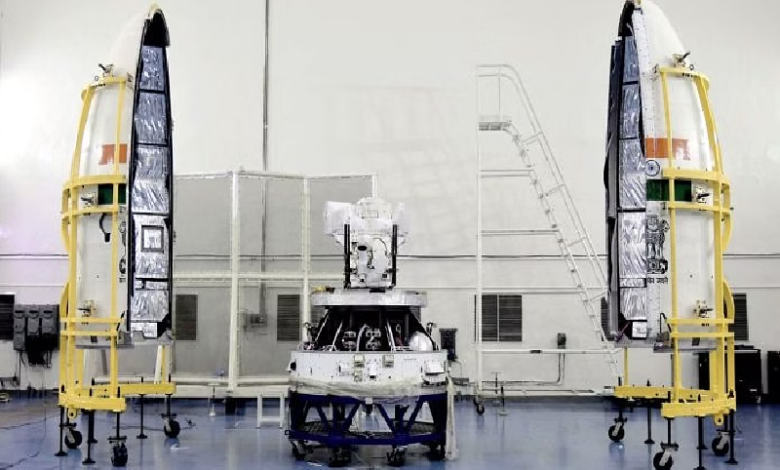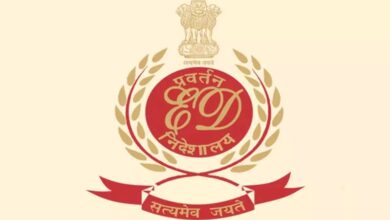ISRO’s SSLV-D3 Mission Triumphs with Successful Placement of EOS-08 and SR-0 Demosat Satellites in Orbit

News Mania Desk/Agnibeena Ghosh/16th August 2024
The Indian Space Research Organisation (ISRO) has marked a significant achievement with the successful launch of the Small Satellite Launch Vehicle (SSLV-D3), which represents the final developmental flight in the SSLV series. This successful mission, carried out from the Satish Dhawan Space Centre in Sriharikota on Friday morning, not only completes the development phase of the SSLV but also paves the way for its operational use by Indian industry and NewSpace India Limited (NSIL).
The SSLV-D3 carried two vital satellites: the Earth Observation Satellite EOS-08 and the SR-0 Demosat passenger satellite. The launch took place at 9:17 AM, with the rocket lifting off from the first launch pad. Approximately 13 minutes after liftoff, the 175.5 kg EOS-08 satellite was accurately placed into a 475 km circular low Earth orbit. Following this, the 0.2 kg SR-0 Demosat, developed by Space Kidz India, was successfully deployed into the same orbit around three minutes later.
ISRO Chairman S. Somanath declared the mission a success, confirming that the rocket had precisely placed the satellites into their intended orbits. He also announced that with this achievement, the SSLV development process is officially completed, and ISRO is now in the process of transferring the technology to the industry. This move signifies a major milestone in India’s space capabilities, as ISRO now has a rocket that offers a cost-effective and flexible solution to meet the increasing demands of the global small satellite launch market.
The mission director, S.S. Vinod, emphasized that with the successful launch of SSLV-D3, ISRO is transitioning into the operational phase of the SSLV program. The SSLV, a three-stage rocket, is powered by solid propulsion stages and a liquid propulsion-based velocity trimming module (VTM) as the terminal stage. It is designed to launch mini, micro, or nano satellites weighing between 10 kg and 500 kg. According to ISRO officials, the SSLV is a low-cost rocket with a quick turnaround time of just 72 hours, the flexibility to accommodate multiple satellites, minimal launch infrastructure requirements, and the feasibility of launching on demand.
In addition to placing the satellites in their designated orbits, another key objective of Friday’s mission was to demonstrate the repeatable flight performance of the SSLV vehicle systems, ensuring that the rocket can consistently deliver its payloads with precision.
The EOS-08 satellite, developed by the U R Rao Satellite Centre, is a groundbreaking mission built on ISRO’s standard microsat/MS-1 bus, equipped with a suite of advanced payloads for observation in the infrared range. It includes novel payloads like the GNSS-R (Global Navigation Satellite System-Reflectometry) and a SiC UV dosimeter. The satellite is packed with 20 new technologies, including an integrated avionics system, a structural panel embedded with PCB, an embedded battery, a dual gimbal antenna, a phased array antenna, and flexible solar panels. These advancements will be crucial for future ISRO missions, including the Gaganyaan mission, which will benefit from the dosimeter payload to measure radiation exposure.
This successful SSLV-D3 mission not only strengthens India’s position in the global small satellite launch market but also showcases ISRO’s continued innovation and commitment to advancing space technology.






